Hybrid culture in a red dot
Updated: 2015-03-07 07:56
By Wang Chao(China Daily)
|
||||||||
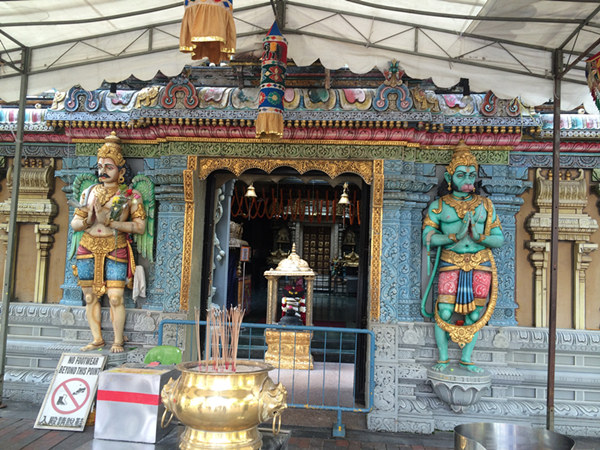 |
|
Sri Krishnan Temple. [Photo by Wang Chao/China Daily] |
'Southern seas' has attracted Chinese for a long time.
Singaporeans call their homeland "the tiny red dot on the atlas". This is true given the fact that the country is only 700 sq km. But the tiny dot is meanwhile a most inclusive place in the world as four ethnic groups reside together, peacefully - Chinese, Malay, Indian and Eurasians, with completely different religions, cultures and even food.
This was my first trip to Singapore under the generous two-year-term visa, and I fell in love with this garden city immediately: The roads are dustless and it seems every plant blossoms in the tropical climate.
Of course I can go to the Universal Studio in Sentosa for a roller-coaster ride, or to the casino to try my luck, or to the mini zoo for a night safari, but I don't think these are the soul of this small country.
I'm more interested in how the Chinese culture has evolved during its interaction with multiple ethnic groups and how the Chinese tradition modifies itself when it clashes with modern civilization. Singapore is a paradise for such observations.
Due to geographic adjacency, Singapore has long been a immigration destination for Chinese living in Southeast coastal areas. As a result of war or famine, many Chinese fled down to the "Southern seas", or the Southeast Asia areas, to make a living.
Guided by the Singapore International Foundation staff members, I took a tour to the Chinese Heritage Center. For someone interested in tracing roots, it is a must-go place in Singapore. It was founded as a non-profit organization in 1995 by some Chinese business leaders in Asia and major Singapore Chinese clan associates such as Hokkien Huay Kuan and Ngee Ann Kongsi.
The center owns a library that documents photos, letters and books of overseas Chinese studies and an early Chinese text book collection with more than 2,000 books. These books were smuggled to Singapore from the mainland for the local Chinese schools and they are now the biggest treasure of the center.
- China says DPRK leader meeting to happen when 'convenient'
- Cause of NW Chinese city odorous tap water identified
- Chinese woman stands for UN's aviation arm's elections
- Chinese FM gives press conference for NPC session
- China kicks off new inspections over top state firms
- 10,000-sq-m farm built on rooftop
- UK police detain trespasser who climbed to Parliament's roof
- Two suspects held over murder of Russian opposition leader
- A year on, what's the latest in the hunt for Flight 370?
- China asks Sri Lanka to protect interests of investors over suspended port project
- Chinese, Myanmar diplomats hold consultation on relations
- 5 dead in shooting at restaurant in Mali capital

 Chinese FM gives press conference for NPC session
Chinese FM gives press conference for NPC session
 One Minute: 'Bizarre' TV scenes and subsidies for hiring women
One Minute: 'Bizarre' TV scenes and subsidies for hiring women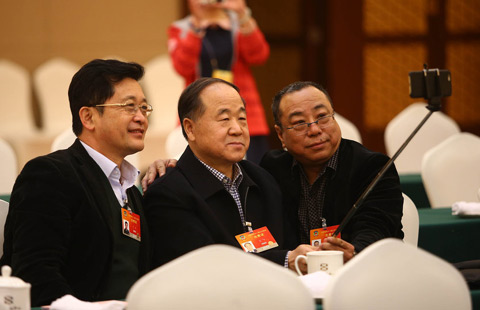
 Daily snapshots of 'two sessions' - March 7
Daily snapshots of 'two sessions' - March 7
 MH370 families remember one year on
MH370 families remember one year on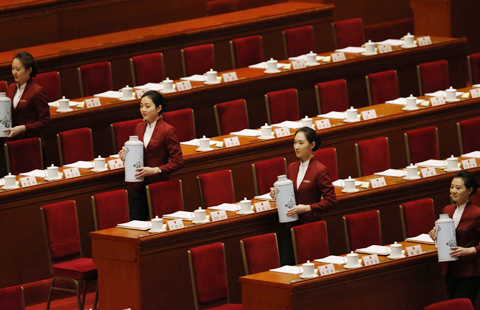
 World celebrates International Women's Day
World celebrates International Women's Day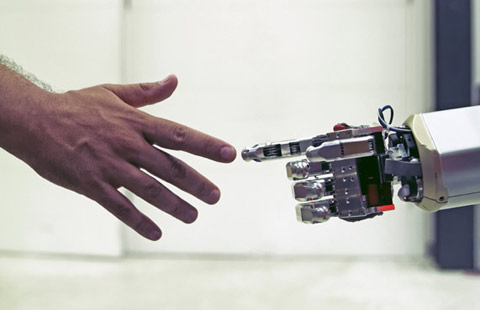
 Highlights on the Internet industry in Premier Li's work report
Highlights on the Internet industry in Premier Li's work report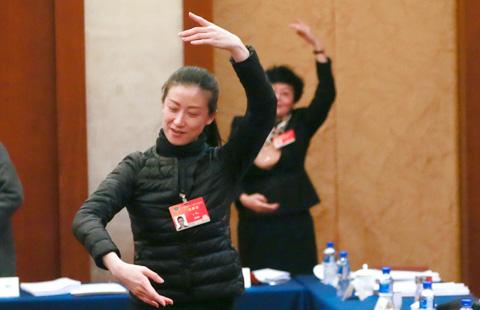
 Daily snapshots of 'two sessions' - March 6
Daily snapshots of 'two sessions' - March 6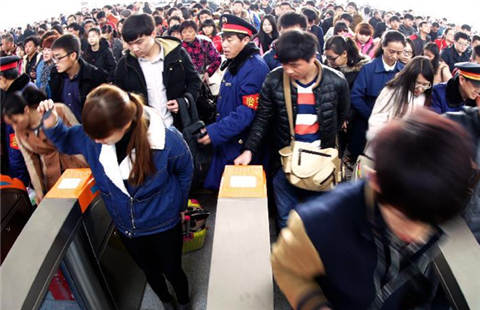
 Railway stations witness return peak across China
Railway stations witness return peak across China
Most Viewed
Editor's Picks

|

|

|

|

|

|
Today's Top News
China to speed up drafting anti-corruption law
A year on, what's the latest in the hunt for Flight 370?
China sincerely invites world leaders for WWII commemorations
Police kill black teen in US state of Wisconsin
Kerry briefs Europeans on Iran nuke talks
Don't magnify Sino-US disagreements, Wang says
Solar-powered plane prepares to fly around the world
Government plans to reform foreign investment law
US Weekly

|

|







